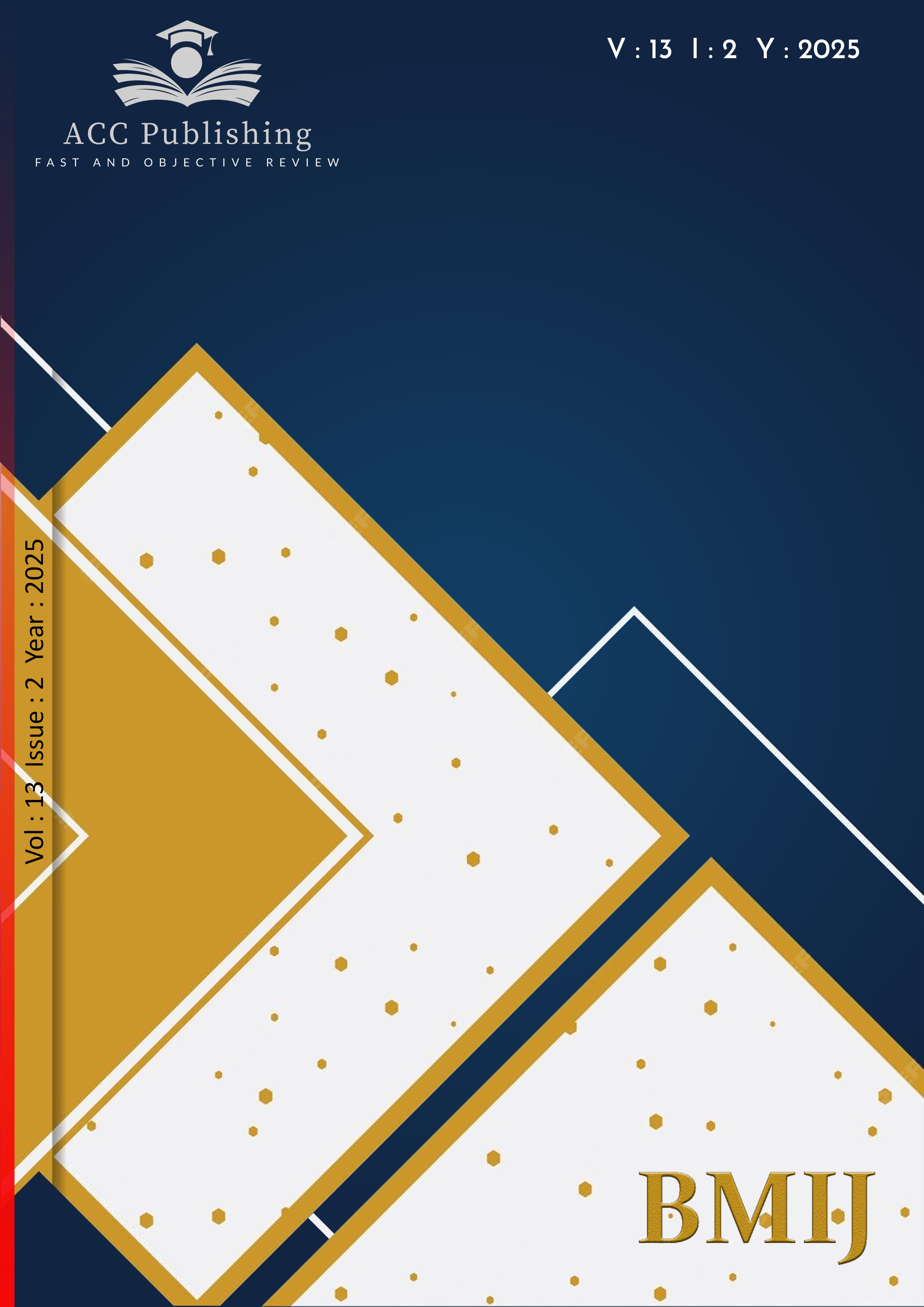The relationship between defence expenditures and carbon emissions in selected MENA countries: Panel data analysis

Published 2025-06-25
Keywords
- Savunma Harcamaları, Karbon Emisyonu, MENA, Panel ARDL
- Defence Expenditures, Carbon Emissions, MENA, Panel ARDL
How to Cite
Copyright (c) 2025 Gül Dertli- Ayşe Eryer

This work is licensed under a Creative Commons Attribution-NonCommercial-NoDerivatives 4.0 International License.
How to Cite
Abstract
The purpose of this study is to reveal the impact of defence expenditures on carbon emissions in selected MENA countries between 1990-2020. To this end, Panel ARDL/PMG (Autoregressive Distributed Lag) was used in the study. In the study, carbon emissions served as the dependent variable, while defence expenditures and real gross domestic product per capita were used as independent variables. The study's findings indicate that the impact of defence expenditures and real gross domestic product per capita on carbon emissions is positive and statistically significant. A 1% increase in defence expenditure increases carbon emissions by 0,09%, while a 1% increase in real gross domestic product per capita increases carbon emissions by 0,63%. These empirical findings indicate that for MENA countries to achieve their sustainable development goals, the balance between defence expenditures and environmental impacts must be strategically managed. In this context, integrating ecological sustainability principles into national security strategies is crucial. Furthermore, to mitigate the environmental effects stemming from the defence sector, incorporating green technologies into defence industry processes is a critical step. These approaches will not only contribute to reducing carbon emissions but also enhance the region's long-term environmental resilience.
References
- Anser, M.K., Syed, Q.R., & Apergis, N. (2021). Does geopolitical risk escalate CO2 emissions? Evidence from the BRICS countries, Environment Science and Pollution Research, 28, 48011-48021.
- Aydın, M., (2020). Askeri harcamalar, ekonomik Büyüme ve çevre kirliliği arasındaki ilişki: Türkiye için yapısal kırılmalı nedensellik testinden kanıtlar, Ekonomi, Politika & Finans Araştırmaları Dergisi, 5(2), 261-275.
- Bahmani-Oskooee, M., & Ng, R. C. W. (2002). Long-run demand for money in Hong Kong: An application of the ARDL model, International Journal of Business and Economics, 1(2), 147- 155.
- Bildirici, M. (2017a). CO2 Emissions and militarisation in G7 countries: Panel cointegration and trivariate causality approaches, Environment and Development Economics, 22(06), 771-791.
- Bildirici, M., (2017b). The causal link among militarisation, economic growth, CO2 emission and energy consumption, Environment Science and Pollution Research, 24, 4625-4636.
- Breusch, T. S., & Pagan, A. R. (1980). The langrange multiplier test and its applications to model specification in econometrics, The Review Of Economic Studies, 47(1), 239–253.
- Domguia, E.N., & Poumie, B. (2019). Economic growth, military spending and environment degredation in Africa, MPRA Working Paper (No. 97455).
- El-Katiri, L. (2014). A roadmap for renewable energy in the Middle East and North Africa, The Oxford Institute For Energy Studies, No. 286084, 1-46.
- Erdoğan, F. (2022). Cumhuriyet döneminde savunma harcamaları ve çevre kirliliği ilişkisi üzerine bir inceleme, Journal of Emerging Economies and Policy, 7(2), 28-37.
- Erdoğan, S., Gedikli, A., Çevik, E.İ., & Öncü, M.A. (2022). Does military expenditure impact environment sustainability in developed Mediterranean countries?, Environment Science and Pollution Research, 29, 31612-31630.
- Eryer, A. (2024). Ar-Ge harcamaları ile ekonomik büyüme ilişkisinin incelenmesi: G-8 ülkeleri örneği. İçinde: Ertürkmen, G. (ed.), Güncel Makro İktisat Uygulamaları. Özgür Yayınları. DOI: https://doi.org/10.58830/ozgur.pub495.c2065
- Farzanegan, M.R., & Markwardt, G. (2018). Development and pollution in the Middle-East and North Africa: Democracy matters, Journal of Policy Modeling, 40, 250-374.
- Gould, K.A. (2007). The ecological costs of militarisation, Peace Review, 19(3), 331-334.
- Gökmenoğlu, K.K., Taşpınar, N., & Rahman, M.M. (2021). Military expenditure, financial development and environment degradation in Turkey: A comparison of CO2 emissions and ecological footprint, International Journal of Finance & Economics, 26(1), 986-997.
- Hekimoğlu, B., & Altındeğer, M. (2008). Küresel ısınma ve iklim değişikliği, Samsun İl Tarım Müdürlüğü,https://samsun.tarimorman.gov.tr/Belgeler/Yayinlar/Kitaplarimiz/kuresel_isinma_ve_iklim_degisikligi.pdf
- Jorgerson, A.K., Clark, B., & Kentor, J. (2010). Militarisation and the environment: A panel study of carbon dioxide emissions and the ecological footprints of nations, 1970-2000, Global Environmental Politics, 10(1), 7-29.
- Kalaycı, İ. (2011). Afrika’nın melez yüzü, “MENA”: Makro iktisadi göstergelere ve küresel endekslere göre manası, Avrasya Etüdleri, 40/2011, 175-199.
- Kalaycı, İ. (2017). İktisadi Güvenlik/leştirme: MENA ve Türkiye, Avrasya Etüdleri, 52/2017-2, 79-109.
- Ngounou, B.A., Domguia, E.N., Pondie, T.M., Ngameni, J.P., & Zanfack, L.T. (2024). Military spending: An obstacle to environment sustainability in Africa, Natural Resources Forum, 49(1), 491-515.
- Nkoro, A., & Uko, A.(2016). Autoregresive Distributed Lag(ARDL) Cointegration tecnique: application and interpration, Journal of Statistical and Econometric Methods, 5(4), 63-91.
- Our world in data, https://ourworldindata.org/co2-emissions
- Özcan, B., & Apergis, N. (2018). The impact of internet use on air pollution: Evidence from emerging countries. Environmental Science and Pollution Research, 25(5), 4174–4189. https://doi. org/10.1007/s11356-017-0825-1
- Özcan, G., & Karter, Ç. (2020). Çevresel bozulmalarda terörizm ve kamu harcamalarının etkisi, Politik Ekonomik Kuram, 4(2), 255-268.
- Pesaran, M.H. (2007). A simple panel unit root test in the presence of cross sectional dependence, Journal Of Applied Econometrics, 22(2), 265-312.
- Pesaran, H. M. ve Yamagata, T. (2008). Testing slope homogeneity in large panels, Journal Of Econometrics, 142, 50–93.
- Pesaran, M. H., Shin, Y., & Smith, R. P. (1999). Pooled mean group estimation of dynamic heterogeneous panels. Journal of the American Statistical Association, 94(446), 621-634. https://doi.org/10.1080/01621459.1999.10474156
- Qayyum, U., Anjum, S., & Sabir, S. (2021). Armed conflict, militarisation and ecological footprint: empirical Evidence From South Asia, Journal of Cleaner Production, 281 125299.
- SIPRI, Stockholm International Peace Research Institute, https://www.sipri.org/
- Shahbaz, M., Solarin, S.A., Sbia R., & Bibi S. (2015) Does energy intensıty contribute to CO2 emissions? A trivariate analysis in selected African countries, Ecological Indicators, 50, 215-224.
- Shahbaz, M., Solarin, S.A., & Öztürk İ. (2016). Environmental Kuznets curve hypothesis and the role of globalisation in selected African countries, Ecological Indicators, Vol. 67, 623-636.
- Solarin, S.A. (2014). Convergence of CO2 emissions levels: Evidence from African countries, Journal of Economic Research, 19, 65-92.
- Solarin, S.A., Al-mulali, U., & Öztürk, İ. (2018). Determinants of pollution and the role of the military sector: Evidence from a maximum likelihood approach with two structural breaks in the USA, Environment Science and Pollution Research, 25, 30949-30961.
- Swamy, P. (1970). Efficient inference in a random coefficient regression model, Econometrica, 38(2), 311–323.
- Tahir, M., Burki, U., & Azid T.(2022). Terrorism and environment and sustainability, Resources, Environment and Sustainability, Cilt 8, 100056, 1-10.
- Türedi, S., & Yıldız, F. (2022). Militarizasyon MENA ülkelerinde çevresel kirliliği nasıl etkiliyor?, İstanbul Üniversitesi Sosyoloji Dergisi, 42(1), 217-235.
- Worldbank, https://databank.worldbank.org/source/world-development-indicators
- Ullah, S., Andlib, Z., Majeed, M.T., Sohail, S., & Chishti, M.Z. (2021). Asymmetric effects of militarisation on economic growh and environmental degredation: Fresh evidence from Pakistan and India, Environment Science and Pollution Research 28(8), 9484-9497.
- Ünal, H., & Atasel, Y.(2021). Koordineli piyasa ekonomilerinde tarım, orman alanları ve enerji tüketiminin çevresel kalite üzerindeki etkisi: Ampirik bir analiz, Mehmet Akif Ersoy Üniversitesi, İİBF Dergisi, 9(1), 319-337.



